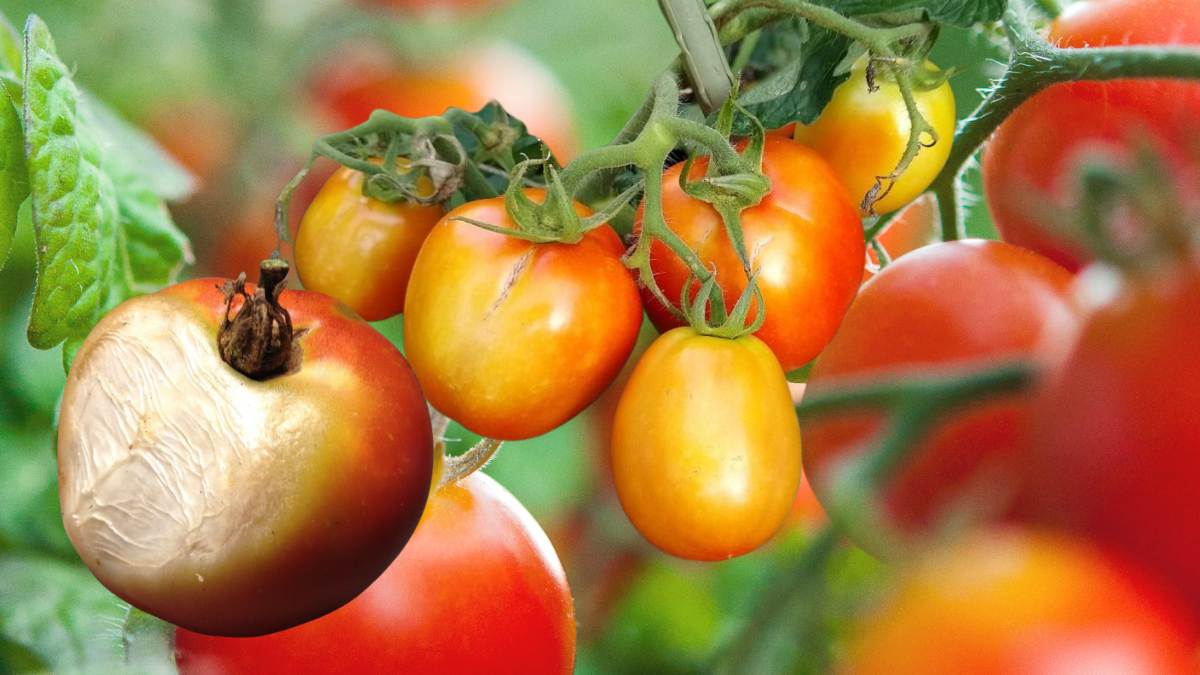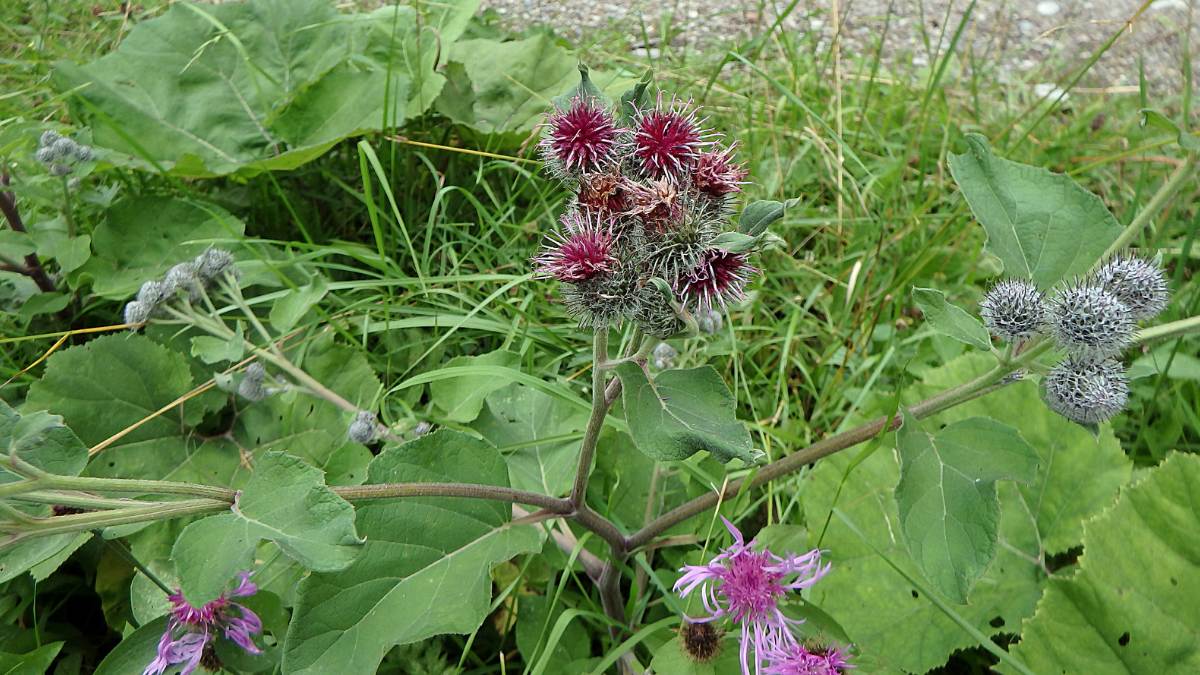The proliferation of ragweed plants has become a widespread issue in both the United States and Europe, as their presence continues to expand across various regions. It’s important to note that even a small amount of ragweed pollen can provoke severe allergic reactions. Ambrosia, as it is scientifically known, flourishes in our latitudes from the months of July to October. The question arises: How to get rid of ambrosia? How can one accurately identify this plant, and what measures can be taken to effectively eliminate ambrosia and maintain successful ragweed control in the garden?
What is Ambrosia?
Ambrosia, commonly known as ragweed, stands as a tenacious and formidable plant, showcasing an exceptional degree of aggressiveness in its role as an invasive weed. Even amidst relentless battles and determined attempts to control its spread, this resilient species possesses an uncanny ability to maintain its stubborn foothold within the garden. Its unwavering persistence serves as a constant reminder of the challenges faced by gardeners in their quest to tame and eradicate this relentless intruder.
Why is the ambrosia spreading so quickly?
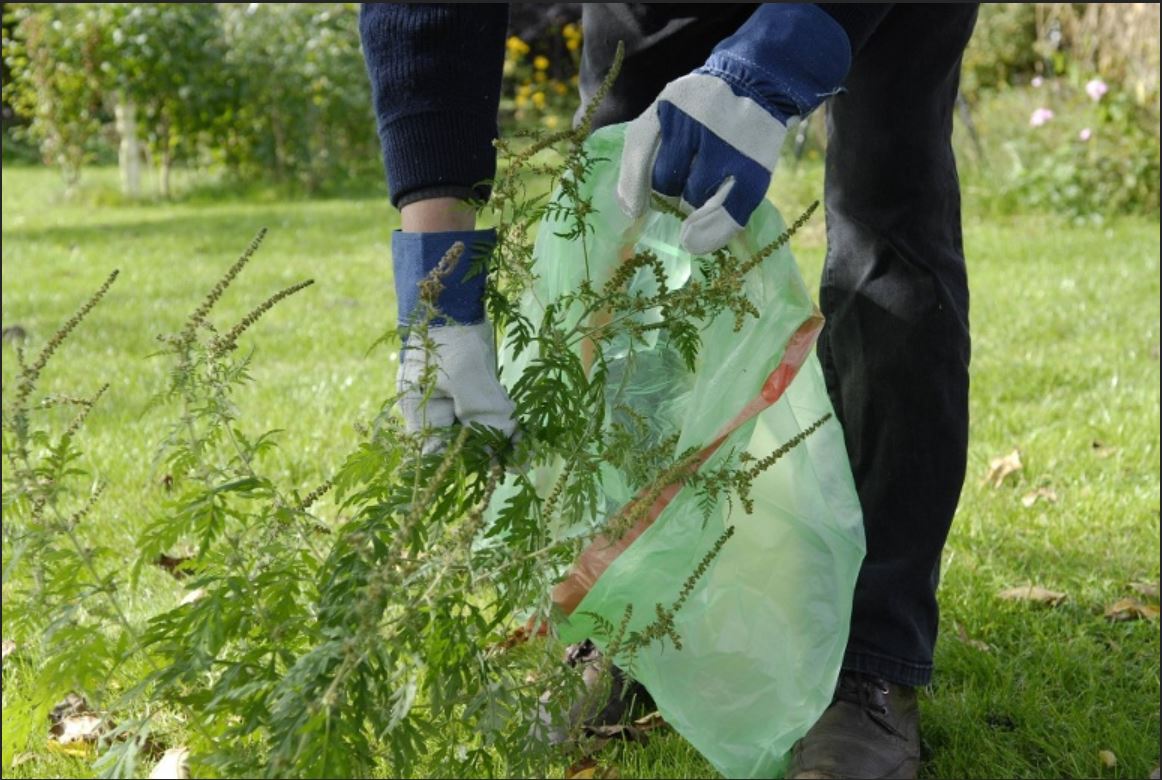
The escalating proliferation of Ambrosia artemisiifolia, also known as common ragweed, can be primarily attributed to the deep-rooted affinity that people have for animals. During the colder seasons, many individuals create feeding stations to provide sustenance for hibernating birds. However, this seemingly innocent act inadvertently contributes to the growth and spread of ragweed within the surrounding ecosystem.
In the early summer months, seedlings of ragweed joyfully sprout around the bird feeders, and they find their cozy hiding spots beneath the bushes where tarballs have been hung. The seeds of ragweed possess an astonishing ability to lie dormant within the soil for several years, biding their time until the perfect conditions arise for germination. This persistence necessitates a vigilant approach, as one must meticulously inspect these areas not just for a single season but for multiple years to ensure the eradication of this relentless invader.
It is essential for individuals to recognize the unintended consequences of their actions and take proactive measures to mitigate the spread of ragweed. By implementing regular monitoring, careful management, and conscientious evaluation of bird feeding stations, we can work towards minimizing the favorable conditions that enable the growth of ragweed seedlings. Through sustained dedication and a long-term commitment to maintaining a ragweed-free environment, we can safeguard the health and vitality of our cherished gardens and the diverse ecosystems they support.
You might also like: 10 plants to repel mosquitos this summer
Within the confines of the bird feeder, the seeds of ragweed, measuring approximately five millimeters in size, find themselves in an unexpected abode. As nature runs its course, the crops of this annual weed mature in synchrony with the majestic sunflowers, and in the process, become unwitting participants in an unintentional harvest. Alas, it is a challenge to impede the mingling of these seeds, as their fates become intertwined in an intricate dance governed by the forces of nature.
The convergence of ragweed seeds within the bird feeder presents a formidable obstacle in our pursuit of a ragweed-free environment. Despite our best efforts, the propensity for these seeds to intermingle with other species remains a persistent challenge. While we strive to curate an ideal environment for the nourishment and well-being of our avian friends, we are left grappling with the unintended consequences of inadvertently introducing and dispersing ragweed seeds in the process.
Although the prevention of this mixing may prove elusive, there is solace in the knowledge that through vigilance and proactive measures, we can still work towards minimizing the impact of ragweed seed dispersal. By diligently monitoring and maintaining bird feeders, implementing strategic cleaning practices, and employing meticulous seed selection methods, we can aim to reduce the inadvertent inclusion of ragweed seeds in these feeding stations.
While complete prevention of the mingling of ragweed seeds may remain a lofty aspiration, let us not be disheartened. Instead, let us focus on cultivating a mindset of adaptability and perseverance as we continue to navigate the intricacies of our shared natural world. With each deliberate action and thoughtful decision, we inch closer to the realization of our vision—a garden unburdened by the presence of ragweed, where harmony between our avian companions and our cherished flora can flourish.
Even with products on the market marked as “free from ragweed seeds,” impurities were repeatedly found in random samples. Besides, agricultural machines whirl the ragweed seeds through the air, thus spreading them.
How to recognize ambrosia in the garden?
If the leaves are green on the underside and the stalks are hairy, the probability is very high that it is ambrosia. Our photo show also helps you to identify ambrosia as such.
The Bavarian State Research Center for Agriculture lists the following as differences between ambrosia and mugwort:
The leaves are lighter and silvery in common mugwort and very green in ambrosia.
The stems are hairless in mugwort, hairy in ambrosia.
The development of common mugwort is faster.
Flowering begins in common mugwort from June and ambrosia from July to August.
The inflorescence is pyramid-shaped in mugwort, elongated in ambrosia.
Consider taking a photo of the plant and submit it to the registration office.
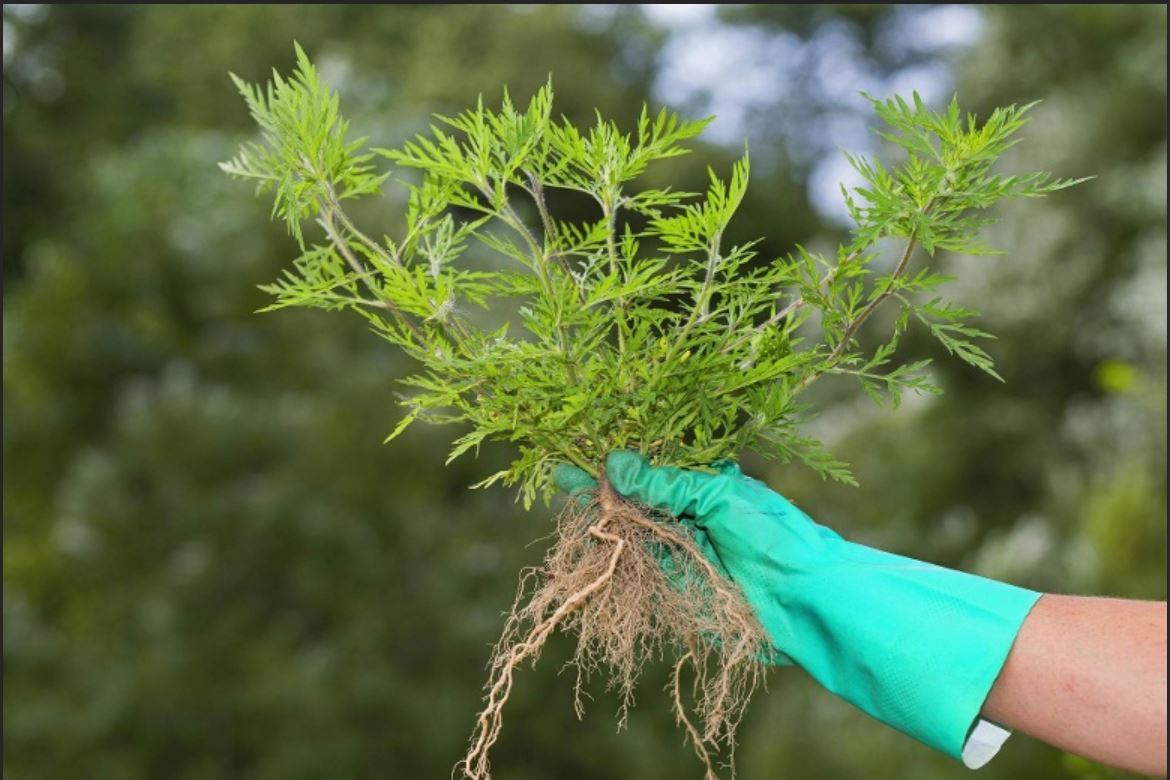
In the quest for certainty regarding the true identity of a plant suspected to be ambrosia, a valuable resource lies in the realm of technology. Utilizing the power of digital photography, one can capture an image of the plant in question and reach out to the central reporting points that numerous federal states have established. These dedicated offices serve as repositories of comprehensive databases, meticulously documenting the prevalence and spread of various weeds, including ambrosia.
By submitting the digital photograph, gardeners gain access to a wealth of expertise and guidance. Seasoned professionals and knowledgeable enthusiasts stand ready to lend their insights, offering valuable advice on the most effective strategies for tackling these resilient plants. The collective wisdom amassed within these reporting points empowers amateur gardeners to navigate the complexities of dealing with tenacious adversaries such as ambrosia.
In an era where technology intersects with horticulture, this symbiotic relationship between digital imagery and expert consultation proves invaluable. As we embrace the convenience of instantaneous communication and data sharing, we harness the power of collective knowledge, enabling us to safeguard our gardens against the encroachment of stubborn plants. Together, we can nurture a thriving community of gardeners who are equipped with the tools and information necessary to triumph over these botanical challenges.
How to get rid of ambrosia in the garden?
To effectively eliminate and eradicate ambrosia from your garden, it is crucial to undertake thorough removal measures before the plant reaches its flowering stage. By uprooting the ambrosia, ensuring the complete extraction of its roots, you significantly diminish its ability to regenerate and spread.
If the ambrosia has already developed branched inflorescences, it becomes necessary to first remove the flower stems through careful pruning. Once this step is completed, proceed to dig out the entire root system of the plant. This comprehensive approach ensures that no remnants are left behind, leaving no room for the ambrosia to resurface and propagate.
Proper disposal of the extracted ambrosia plants is of utmost importance. It is crucial to discard them in residual garbage rather than in organic waste or composting materials. The reason behind this distinction is that including ambrosia plants in organic waste or compost would inadvertently contribute to the further spread of this invasive weed.
By adhering to these meticulous procedures, you can effectively eliminate ambrosia from your garden, mitigating its potential to reestablish itself and safeguarding the well-being of your cherished plants and flowers.
Ambrosia is one of the most potent triggers for allergies.
When embarking on the task of removing ambrosia from your garden, exercising caution is paramount. It is highly advisable to wear gloves during the entire process to protect your hands and minimize the risk of developing skin rashes or irritation. For individuals who suffer from allergies, it is best to delegate the task to family members who are less sensitive to the plant’s pollen.
The health burden posed by ambrosia pollen is significant, and minimizing exposure is crucial for the well-being of allergy sufferers. By prioritizing safety measures and enlisting the help of less susceptible individuals, you can effectively combat ambrosia while safeguarding your health and maintaining a thriving garden.
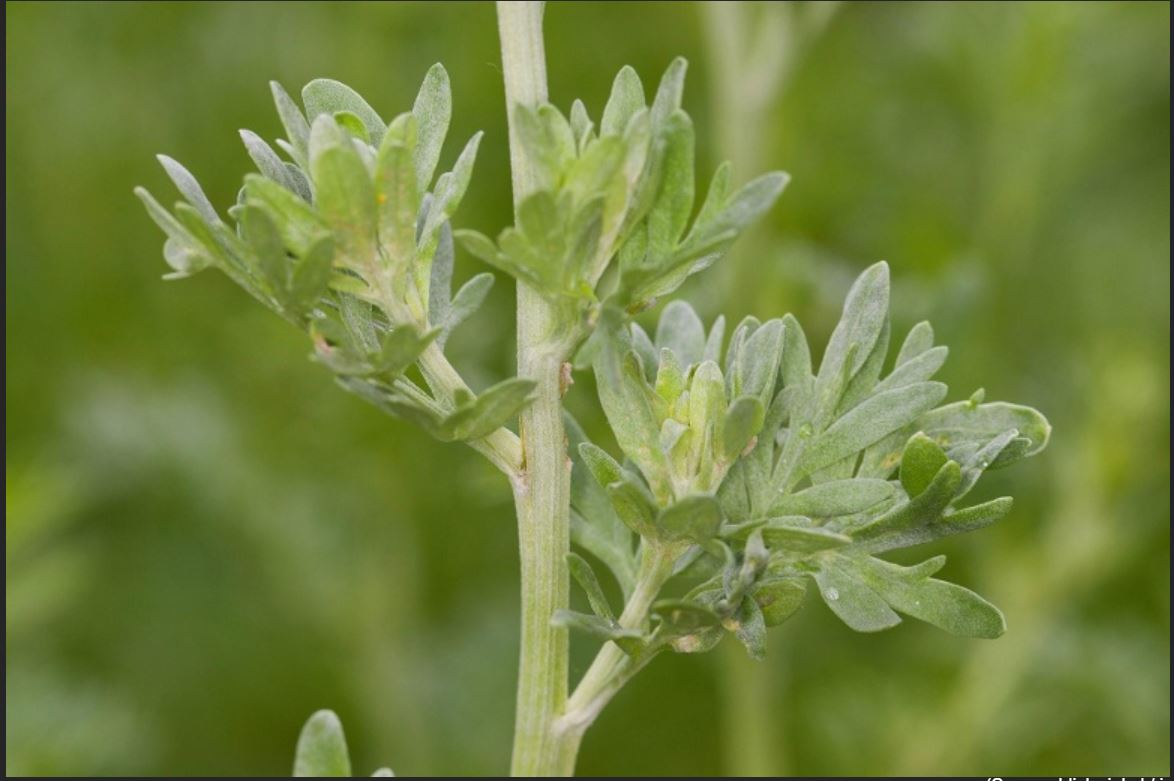
Among plants, ambrosia stands as a potent allergy trigger, unlike any other. Even at low concentrations of merely five to ten grains per cubic meter of air, it possesses the ability to incite allergic reactions in susceptible individuals.
Traditionally, one would expect a decline in general pollen levels by August, providing relief for hay fever sufferers. However, ambrosia challenges this notion, extending the duration of symptoms experienced by allergy sufferers. From the months of July to September, ambrosia produces copious amounts of pollen, which, propelled by the wind, can travel substantial distances. It is not uncommon for individuals to experience allergy symptoms even when residing as far as 200 kilometers away from the nearest ambrosia plant.
These characteristics underscore the pervasive nature of ambrosia’s pollen and the wide-reaching impact it can have on allergy sufferers. It is crucial for individuals affected by ambrosia allergies to remain vigilant, taking necessary precautions to minimize exposure and manage their symptoms during this extended period of heightened sensitivity. By staying informed, implementing appropriate measures, and seeking medical guidance when needed, individuals can navigate through the allergy season with greater ease, ensuring their well-being and respiratory comfort.
Symptoms of Ambrosia ragweed allergy
The pollen can like hay fever symptoms – the so-called allergic rhinoconjunctivitis.
- Red eyes
- Eye tears
- Itching of the eyelids and nose
- Runny nose
- stuffy nose
- Itchy palate
And in the worst case, it even triggers bronchial asthma. Allergic skin reactions upon contact with the plant are also possible.
A cross allergy can also cause discomfort when eating celery or carrots, but also bananas or melons. The cross allergy can spread to spices such as peppers or parsley.
Mugwort is also dangerous for ragweed allergy.
Individuals who exhibit allergies to ragweed often experience similar discomfort when exposed to mugwort pollen. This phenomenon is referred to as the mugwort-ambrosia complex, highlighting the close botanical relationship between these two plants. Ambrosia, commonly known as ragweed, shares striking similarities with mugwort in terms of their botanical classification.
The shared allergenic properties between these plants underscore the interconnected nature of allergic responses and highlight the need for comprehensive management strategies to address the challenges posed by both ragweed and mugwort. By recognizing these connections and adopting appropriate measures to minimize exposure, individuals can better navigate the complexities of these related plant allergens, ultimately achieving improved comfort and well-being during allergy seasons.
Conclusion
In conclusion, the prevalence and impact of ragweed and mugwort allergies, collectively known as the mugwort-ambrosia complex, highlight the interconnected nature of plant-related allergies. Ambrosia, commonly referred to as ragweed, emerges as a formidable allergenic plant, capable of triggering allergic reactions even at low pollen concentrations. The extended period of symptoms experienced by allergy sufferers further underscores the challenges posed by ambrosia’s copious pollen production, which can be transported over long distances by the wind.
Furthermore, the close botanical relationship between ambrosia and mugwort unveils the shared allergenic properties and reinforces the need for comprehensive management strategies. Individuals with ragweed allergies often find themselves similarly affected by mugwort pollen, necessitating a holistic approach to allergy prevention and symptom management.
By remaining vigilant, implementing preventive measures, and seeking medical guidance when needed, individuals can proactively address the mugwort-ambrosia complex. This includes practicing meticulous garden hygiene, utilizing protective measures such as gloves, and considering delegation of tasks to minimize exposure for allergy sufferers. Additionally, engaging with centralized reporting points and accessing expert advice can further aid in the identification and control of these allergenic plants.
By taking proactive steps to understand, manage, and mitigate the effects of ragweed and mugwort allergies, individuals can regain control over their health and well-being during allergy seasons. Through knowledge, preparedness, and collaboration, we can cultivate environments that promote respiratory comfort and enhance the overall quality of life for allergy sufferers. Together, let us embrace the challenge of the mugwort-ambrosia complex and forge a path towards a healthier, allergen-free future.
Image Credits: t-online

